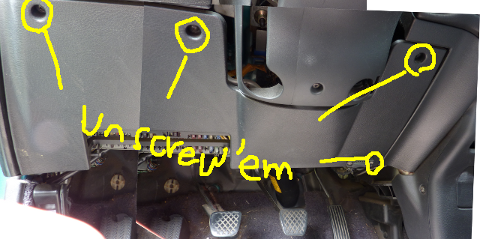My old over-the-internet Japanese acquaintance (whom I was grateful to hear his safety after the earthquake) posted a blog entry on using this USB-to-UART module (essentially an FTDI FT232R evaluation module):

In the U.S., we can get this little PCB piece from Mouser for $17.50 a piece. This looks a lot more appealing than other offerings such as this or this.
このモジュールの用途は前面パネルのVFD(蛍光表示管)を元の(Fig.A)からNoritakeの(Fig.B)に変える予定。このVFDモジュール(GU280X16G)CMOS 又は RS-232のインターフェースオプションがあるがCMOSの方を購入予定。(USBでPCに直接繋ぐか、インターフェースコントロール用のMCUを介して繋ぐかのオプションが出来るから。)
This module can be used to interface a Noritake VFD (Fig. B, which is to replace the original shown in Fig. A) with PC. There are 2 interface options for this VFD (GU280X16G): CMOS or RS-232. My plan is to go with the CMOS route so it can be connected to the PC directly (via USB module above) or indirectly via a microcontroller which checks the front-panel inputs (buttons & IR remote) even when the PC is off (more on this later).
 |
| Fig. A. Original VFD. |
 |
| Fig. B. Noritake VFD. |










